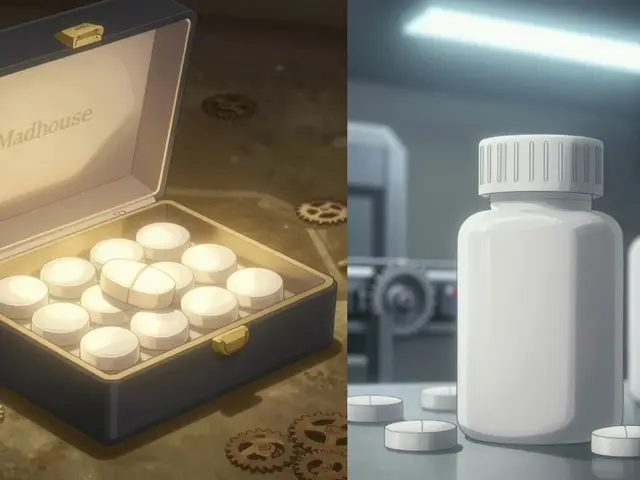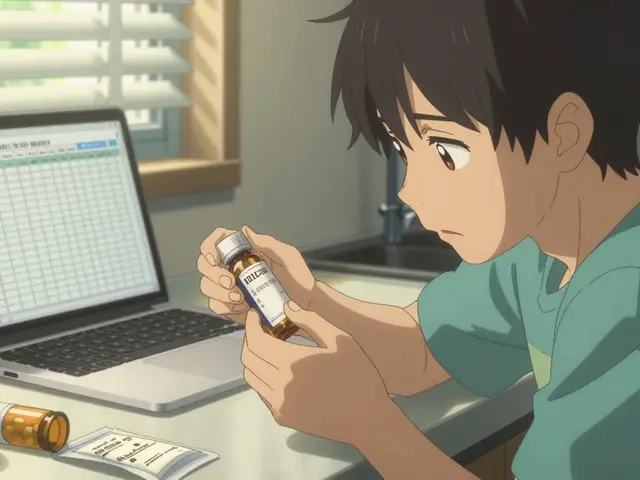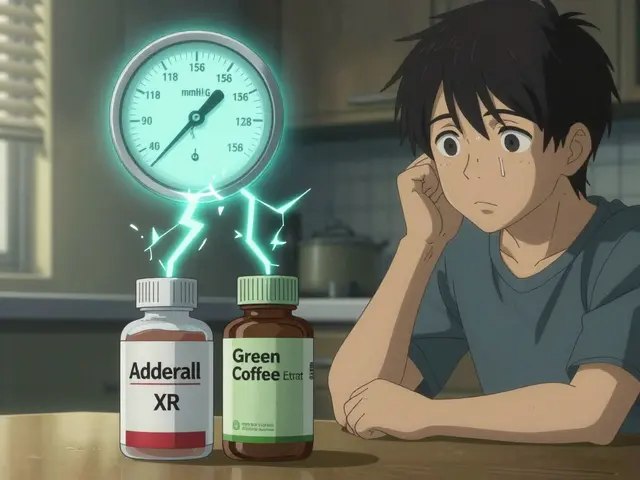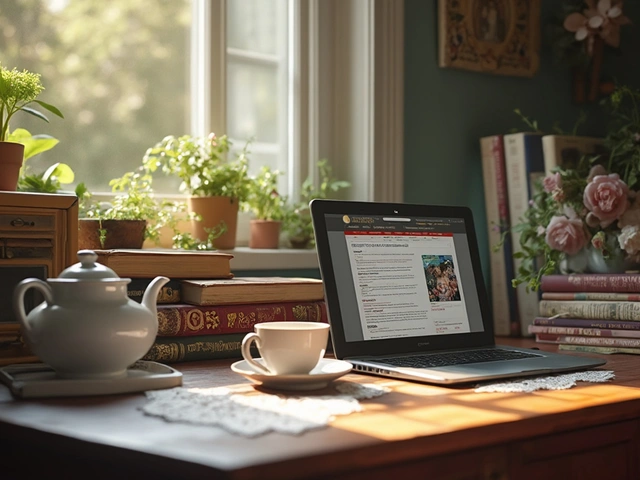Hypertension Management: Practical Ways to Lower and Control Blood Pressure
High blood pressure doesn’t have to control your life. You can lower numbers with clear, everyday steps—often without drastic measures. Start with small changes that add up: cut salt, move more, sleep better, and track your readings.
Cut salt and watch portions. Aim for under 1,500–2,300 mg of sodium per day depending on your doctor’s advice. That means cooking at home more, skipping canned soups, and checking labels on bread and sauces. Use herbs and lemon instead of salt to flavor food.
Move for blood pressure. Aim for 30 minutes of brisk walking five days a week or any activity that gets your heart rate up. If 30 minutes seems big, break it into three 10-minute walks. Strength training twice a week helps too.
Drop weight if you need to. Losing even 5% of body weight can lower systolic pressure a noticeable amount. Combine portion control and regular activity—small, steady weight loss beats crash diets.
Watch booze and tobacco. Limit alcohol to one drink a day for women and two for men. Quit smoking—your blood pressure and blood vessels will thank you fast. If quitting feels impossible, ask your doctor about help or stop-smoking programs.
Medications: What to expect and choices
If lifestyle changes aren’t enough, medicines work well. Common classes include ACE inhibitors, ARBs, calcium channel blockers, beta blockers, and thiazide-type diuretics. Doctors often start with one drug and add another if needed. Tell your clinician about side effects like cough, lightheadedness, or swelling so the plan can be adjusted.
If you were told chlorthalidone is an option but it’s not right for you, there are alternatives—hydrochlorothiazide, indapamide, or a low-dose mineralocorticoid receptor antagonist such as spironolactone for resistant cases. Your doctor will match drug choice to your other health issues, like diabetes or kidney disease.
Track, stick to it, and ask the right questions
Buy a home blood pressure cuff and record readings at different times. Bring the log to appointments. Take meds the same way every day—link them to a daily habit like breakfast. If pills are costly, ask about generics, coupons, or different pharmacies that save money.
Know when to call for help. Extremely high numbers (like 180/120 or higher) with headache, chest pain, shortness of breath, or vision changes need urgent care. For routine issues—side effects, cost problems, or a new symptom—contact your clinic for a quick check-in.
Supplements and herbal fixes are tempting, but treat them with caution. Potassium or magnesium may help some people, yet they can interact with medicines. Tell your provider about any supplement before starting it.
Hypertension management is a mix of steady daily habits, smart monitoring, and open talks with your clinician. Small, consistent steps add up into big results—stick with the plan and adjust as needed.
Use trusted resources here to read about drug choices, diuretic alternatives, and safe online pharmacies. Keep asking questions and make a plan with your provider that fits your life. Start today, gently.
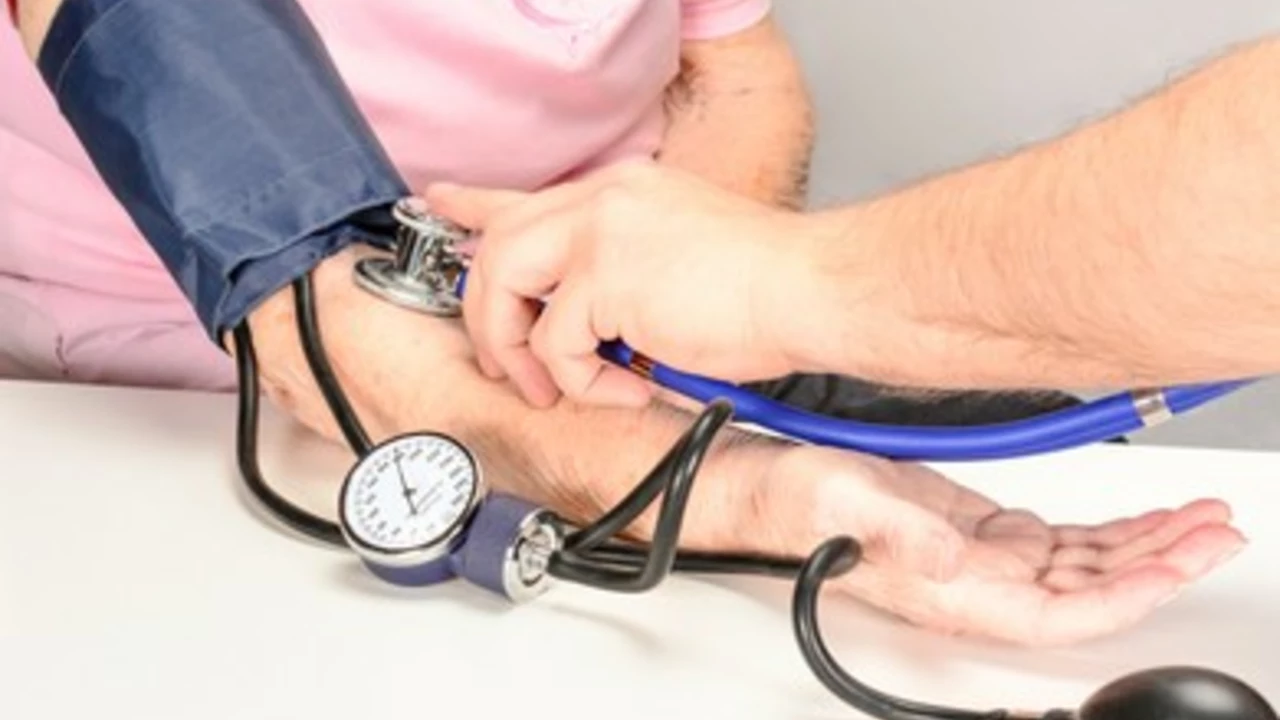
The Benefits of Massage Therapy for Hypertension Management
In my recent exploration, I've discovered that massage therapy can be remarkably beneficial for managing hypertension. This holistic approach promotes relaxation and reduces stress, both of which can significantly lower blood pressure levels. I've found that regular therapeutic massages can also improve circulation and flush out toxins, contributing to overall cardiovascular health. It's really worth noting that while it's a fantastic complementary treatment, it shouldn't replace conventional medicine. So, if you're dealing with hypertension, consider adding massage therapy to your routine after consulting with your doctor.
Detail
